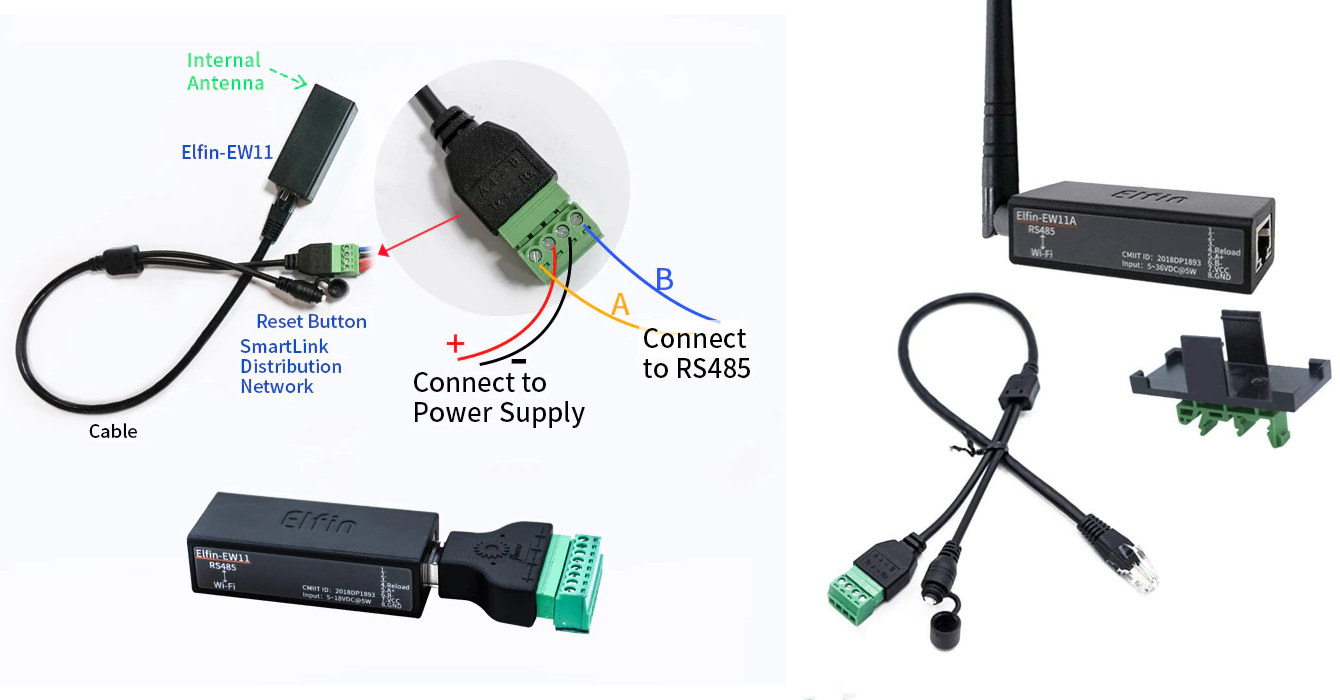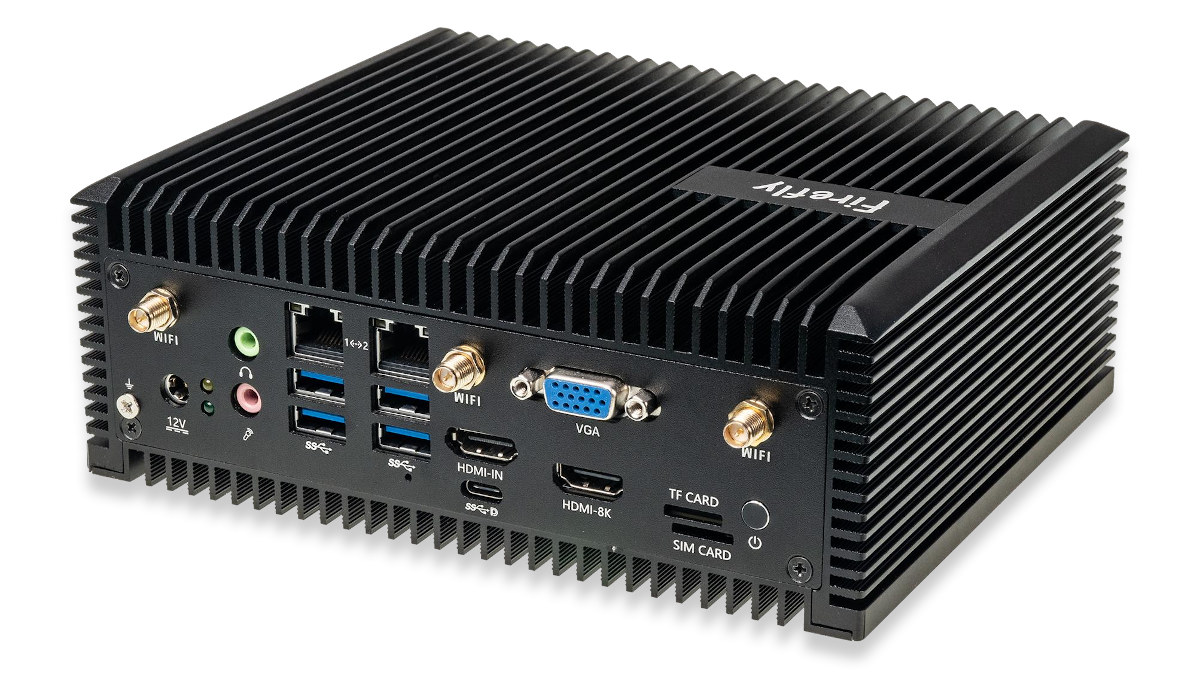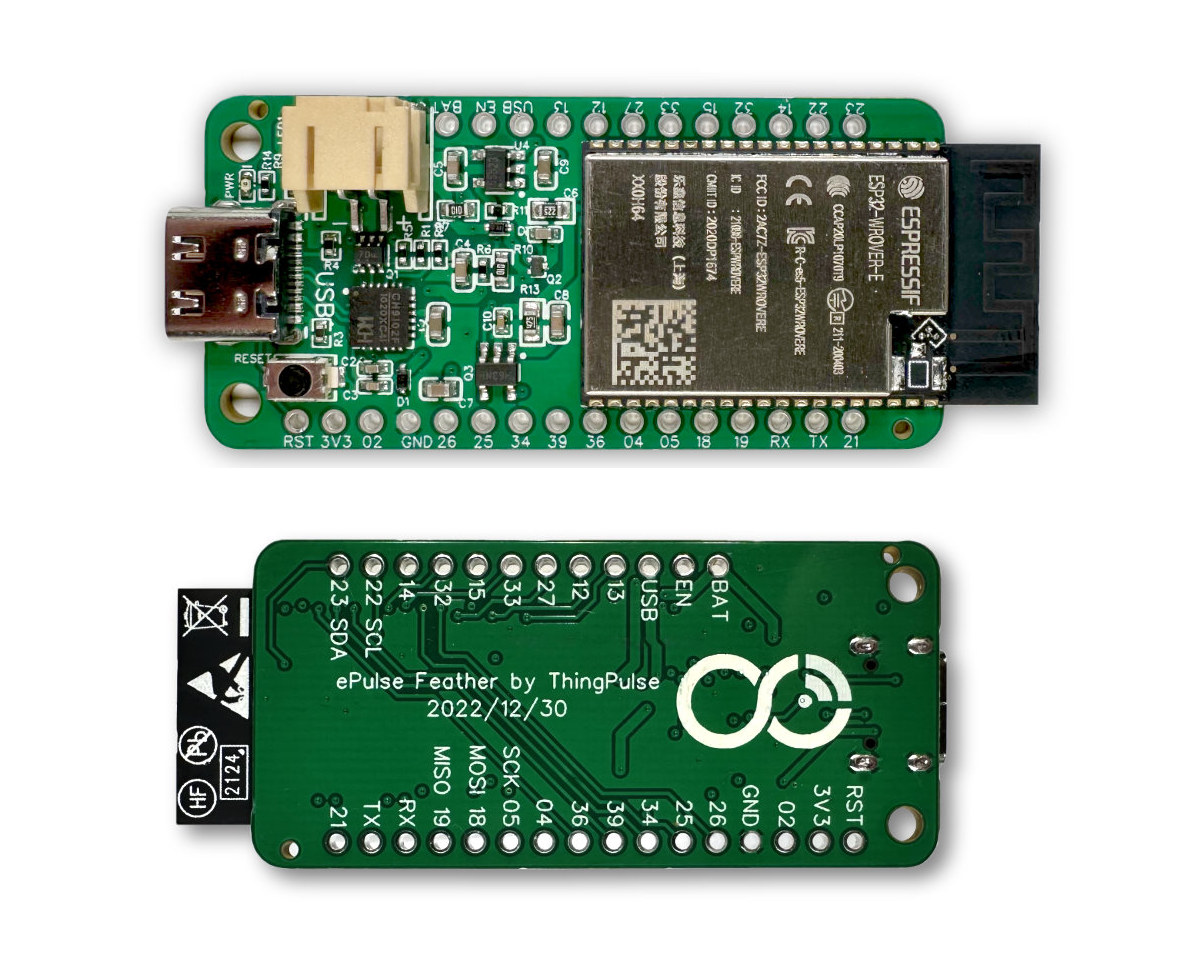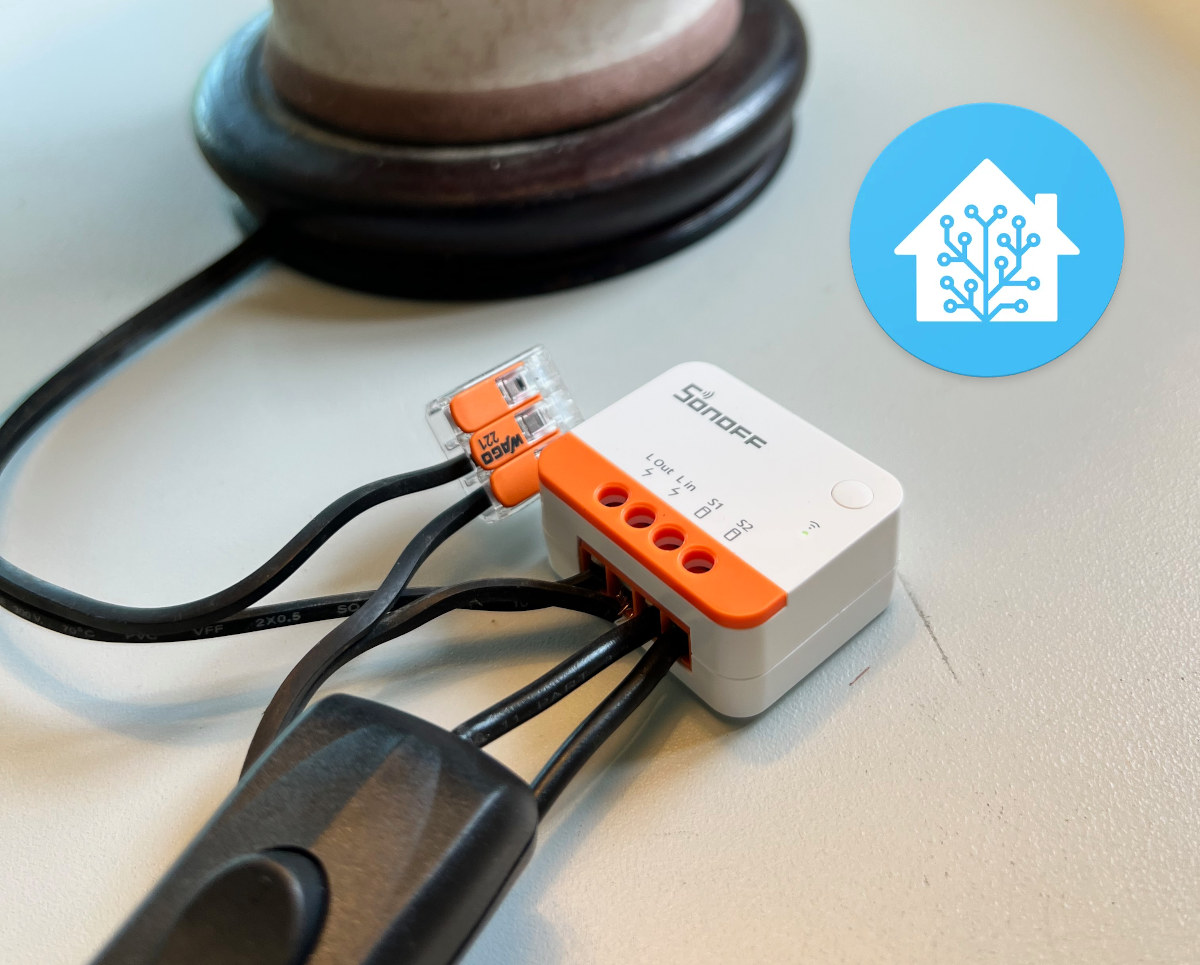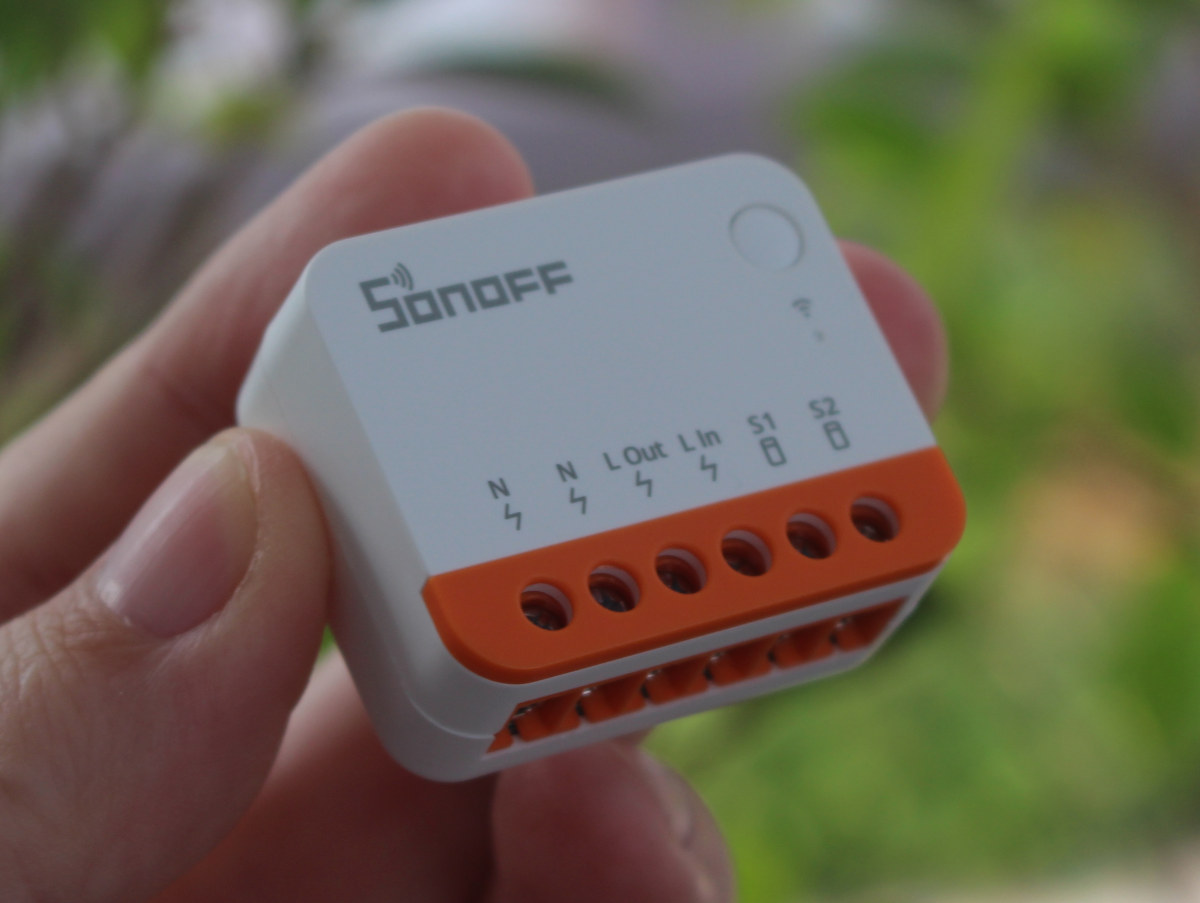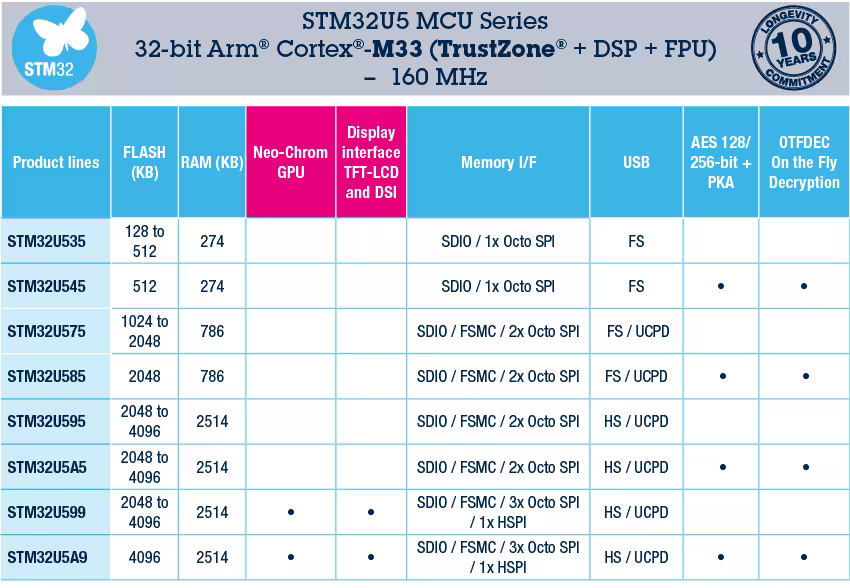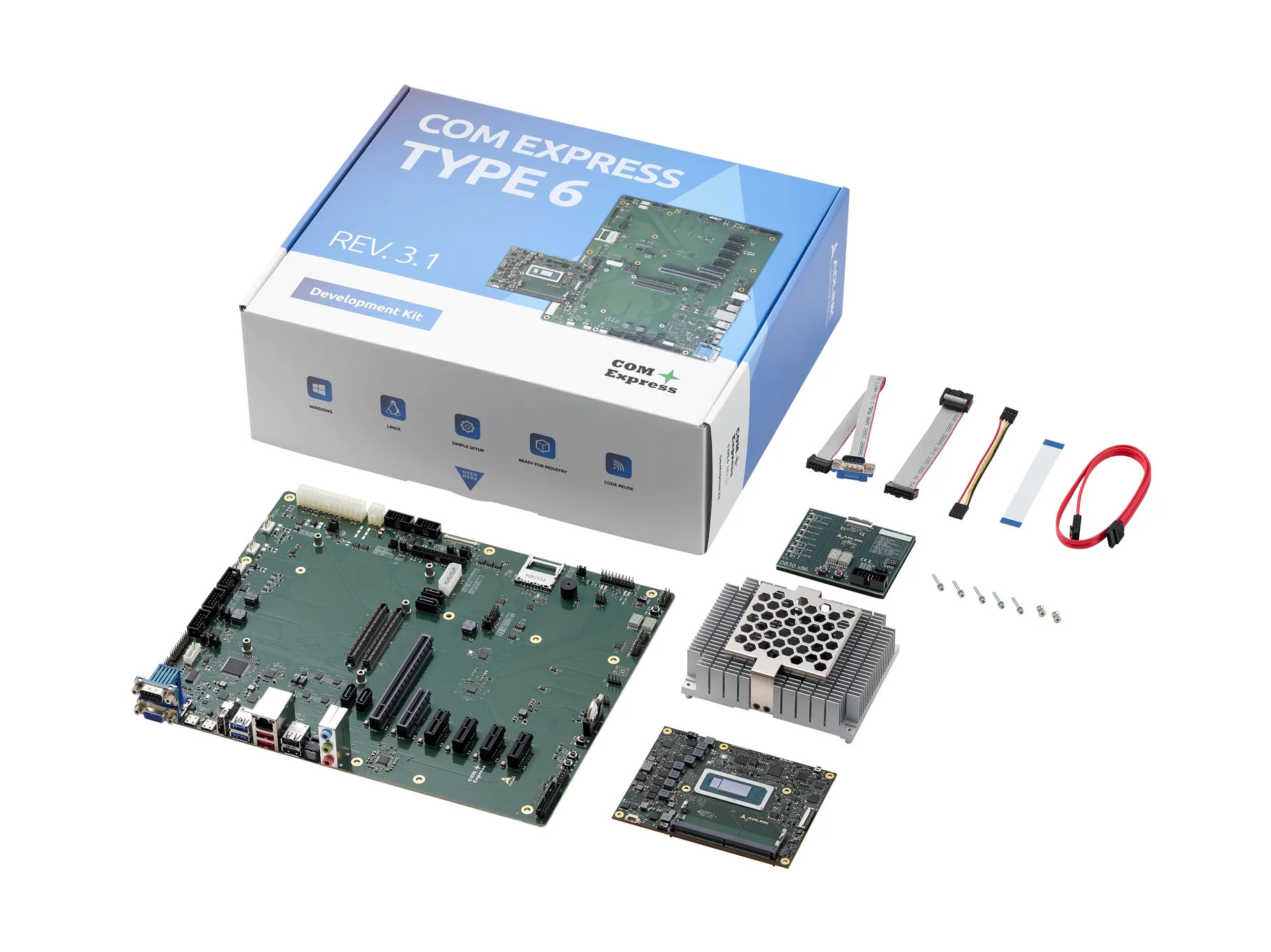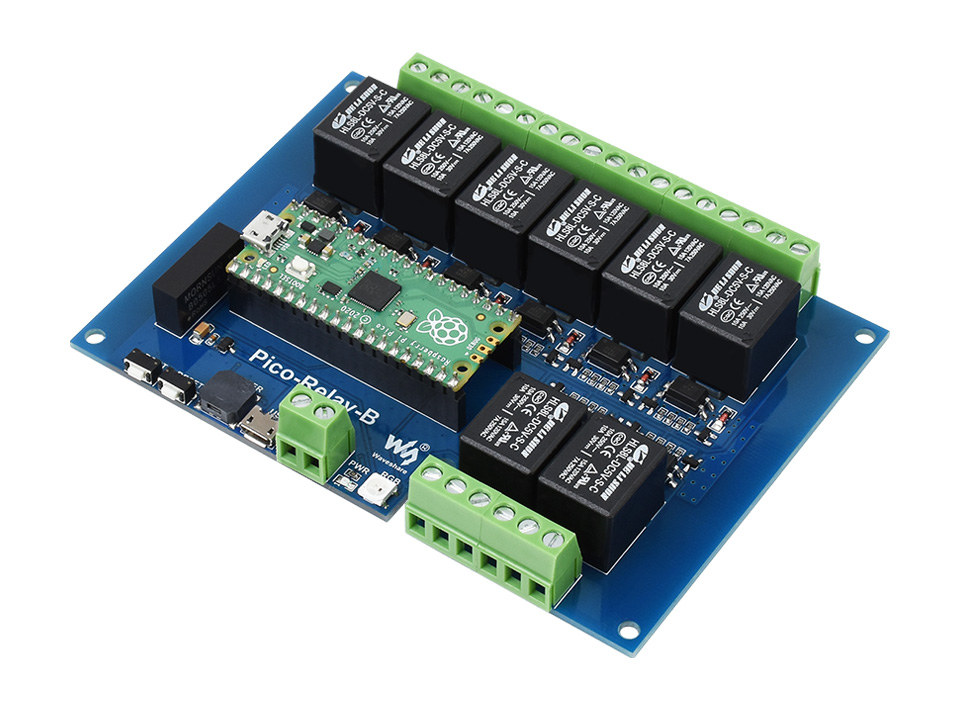Elfin EW11/EW11A is a small WiFi to RS485 unit with Modbus TCP/IP support that works either in the 5 to 18V DC (EW11) or the 5 to 36V DC (EW11A) input range. The WiFi to RS485 adapter is offered with either an internal or external WiFi antenna, the RS485 interface is exposed through an RJ45 port, and an RJ45 to terminal block cable is usually included, as well as a DIN Rail mount. Elfin EW11/EW11A specifications: MCU (I’m not sure which one is used, and the specs depend on where you look..) Unnamed Arm Cortex-M3 microcontroller @ 96 MHz with 2MB flash, 128KB SRAM (on the product page) OR Unnamed microcontroller @ up to 160MHz with 2MB flash, 352KB SRAM (on Aliexpress) Networking Wireless – 2.4 GHz WiFi 4 with up to WPA2PSK security, station, AP, or station+AP modes; internal or external WiFi antenna depending on the model. Wired – […]
8K AI embedded computer gets 4K HDMI input, WiFi 6, dual GbE interfaces, and more
Firefly EC-A3588Q is a fanless 8K AI embedded computer powered by a Rockchip RK3588 processor and fitted with up to 32GB RAM, SATA or NVMe storage, offering dual Gigabit Ethernet, WiFi 6, Bluetooth 5.0, and optional 5G/4G cellular connectivity, dual 8K video outputs, etc… It is a higher-end and larger version of the Firefly EC-R3588SPC industrial mini PC based on the Rockchip RK3588S processor that adds a 4K HDMI input port, a VGA output port, gets two GbE interfaces and support for WiFi 6/Bt 5.0, offers more USB ports, and replaces some terminal blocks with DB9 interfaces for RS232, RS485, and CAN Bus interfaces. Firefly EC-Q3588Q specifications: SoC – Rockchip RK3588 octa-core processor with CPU – 4x Cortex-A76 cores @ up to 2.4 GHz, four Cortex-A55 cores @ up to 1.8 GHz GPU – Arm Mali-G610 MP4 quad-core GPU with OpenGL ES3.2 / OpenCL 2.2 / Vulkan1.1 support AI accelerator […]
ePulse Feather ESP32 development board is optimized for low power consumption (in deep sleep)
Thingpulse ePulse Feather is an ESP32 development board following Adafruit’s Feather form factor and optimized for low power with 12 to 27 uA deep sleep power consumption. The board is based on the ESP32-WROVER with 8MB Flash and 8MB SPRAM and comes with a USB-C connector for charging the battery and programming through a CH9102F UART chip, as well as the I/Os headers provided by the Feather form factor. The board can be especially useful in battery-operated WiFi remote controls for home automation or other purposes that sleep most of the time until the user presses one of the buttons. ThingPulse ePulse Feather specifications: Wireless module – Espressif Systems ESP32-WROVER-E-N8R8 module with ESP32-D0WD-V3 or ESP32-D0WDR2-V3 dual-core microcontroller @ 240 MHz with 8MB QSPI flash, 8MB QSPI PSRAM USB – 1x USB Type-C port for power/charging and programming via CH9102F UART to TTL chip. Expansions – 12-pin + 16-pin headers with […]
ZBMINI Extreme Zigbee smart switch review with Home Assistant
SONOFF has rolled out smart switches in the market for years, and for each iteration, they make their devices smaller and more capable. The latest ZBMINI Extreme Zigbee Smart Switch or ZBMINIL2 or ZBMINI Extreme for shorts is what we will review today. Take note that there are both Zigbee and Wifi versions that come with the same form factor, we will walk through the Zigbee version first and we will review the WiFi version – SONOFF MINI Extreme (MINIR4) – later on. The ZBMINI Extreme is designed to work without a Neutral (N) line. Those who have difficulty wiring the N line to the switch will definitely love this. In many locations, the Neutral (N) line is not wired and would require a lot of work and expenses for cabling. SONOFF ZBMINI Extreme eases that challenge since there’s no need for the Neutral wire at all. This review will […]
SONOFF MINI Extreme (MINIR4) ESP32 WiFi smart switch can fit into most gang boxes
SONOFF MINI Extreme (aka MINIR4) is a ridiculously small WiFi smart switch based on ESP32 wireless microcontroller and designed to be connected to a load such as a light bulb and a wall switch that can be a momentary switch, a door exit switch, an SPDT switch, a latching switch, or even dry contact sensors. The tiny form factor (39.5×33 x16.8mm) enables the WiFi smart switch to fit into various boxes, even the smaller European gang boxes. Just like other SONOFF home automation devices, the MINIR4 works with eWelink mobile app, but it also implements some new interesting features such as the ‘Detach Relay’ mode. SONOFF MINI Extreme (MINIR4) specifications: MCU – Espressif Systems ESP32 dual-core wireless microcontroller Connectivity 2.4 GHz WiFi 4 Bluetooth LE used for pairing Input – 100-240V ~ 50/60Hz 10A Max Output – 100-240V ~ 50/60Hz 10A Max (resistive load) Dimensions – 39.5 x 33 x […]
STMicro adds more STM32U5 Cortex-M33 MCUs with NeoChrom 2.5D GPU, 128KB to 4MB flash, NIST certification, etc…
STMicro has added three new families to its STM32U5 Cortex-M33 microcontroller series with the entry-level STM32U535/545 with as little as 128KB flash, the STM32U595/5A5 with up to 4MB of Flash and 2,514KB of RAM, and the STM32U599/5A9 with similar features as the STM32U595/5A5 by adding the new NeoChrom 2.5D GPU plus TFT-LCD and DSI display interfaces. STMicro also announced that STM32U5 series MCUs were the first general-purpose MCUs to receive NIST-embedded random-number entropy source certification. As of now, along with the STM32U575/585 introduced in February 2021 with an optional Chrom-ART 2D GPU, STMicro offers eight product lines as part of the STM32U5 MCU series as shown in the table below. That means the STM32U5 microcontroller can address a wider range of applications with the STM32U535/545 targetting lower-cost applications with less flash and RAM, the “legacy” STM32U575/U585 for mid-range applications, and the STM32U59X/5AX for applications where more storage and memory is […]
IoT Prototype Kit is powered by an Alder Lake-H COM Express module with up to Core i5-12600HE CPU
ADLINK has launched an IP-i IoT Prototype Kit based on their Express-ADP COM Express Type 6 Basic “Alder Lake-H” module with either an Intel Core i5-12600HE 12-core (4P+8E) processor clocked at up to 4.5 GHz or a Core i3-12300HE 8-core (4P+4E) processor reaching up to 4.3 GHz. The kit also includes the Express-BASE6 R3.1 carrier board, a thick heatsink with an active fan, a debug board (DB30 x86), and various cables for SATA storage, a DB9 COM port, and I/Os, and the kit can be used to develop applications for industrial automation and control, medical ultrasound, image processing and analysis, high-speed video encoding and streaming, predictive traffic analysis, multi camera-based AI, etc… The Express-ADP module supports up to 64GB DDR5 memory, optional on-module NVMe storage, up to 4x 4K displays, multiple PCIe Gen4 and Gen3 interfaces, SATA 3.0, and so on. You’ll find detailed Express-ADP COM Express module specifications in […]
Control 8 relays with the Raspberry Pi Pico using PicoRelay8 or Pico-Relay-B
8086 Consultancy’s PicoRelay8 is a baseboard for the Raspberry Pi Pico (W) board equipped with eight 28V DC / 10A Normally Open relays that be used for all sorts of automation projects, while Waveshare Pico-Relay-B also supports eight relays with both DC and AC loads and comes with some extra features. PicoRelay8 PicoRelay8 board specifications: Supported MCU board – Raspberry Pi Pico or Pi Pico W, and it may also work with “mostly” compatible boards such as the Banana Pi BPI-Pico-RP2040 or BPI-PicoW-S3, WeAct RP2040, and others as long as all GPIO used on the PicoRelay8 are exposed on the same pins. Relays 8x HF3FF/005-1HST relays rated for 28V DC/10A, as well as 10A/250V AC and 15A/125V AC, but the board is not designed to get power from the mains (safety-wise), so it’s only really suitable for DC loads Each relay has a 2-pin terminal block attached to it. GPIO […]


